-
 Bitcoin
Bitcoin $119000
-2.21% -
 Ethereum
Ethereum $4315
1.01% -
 XRP
XRP $3.151
-3.11% -
 Tether USDt
Tether USDt $0.0000
0.00% -
 BNB
BNB $808.5
-0.71% -
 Solana
Solana $175.8
-4.21% -
 USDC
USDC $0.9999
0.00% -
 Dogecoin
Dogecoin $0.2250
-3.92% -
 TRON
TRON $0.3469
1.77% -
 Cardano
Cardano $0.7818
-3.81% -
 Chainlink
Chainlink $21.47
-2.10% -
 Hyperliquid
Hyperliquid $43.30
-6.81% -
 Stellar
Stellar $0.4370
-2.84% -
 Sui
Sui $3.682
-4.40% -
 Bitcoin Cash
Bitcoin Cash $590.8
2.67% -
 Hedera
Hedera $0.2484
-5.20% -
 Ethena USDe
Ethena USDe $1.001
0.00% -
 Avalanche
Avalanche $23.10
-4.29% -
 Litecoin
Litecoin $119.2
-3.96% -
 Toncoin
Toncoin $3.409
0.90% -
 UNUS SED LEO
UNUS SED LEO $9.016
-1.29% -
 Shiba Inu
Shiba Inu $0.00001304
-3.82% -
 Uniswap
Uniswap $11.18
1.33% -
 Polkadot
Polkadot $3.913
-3.51% -
 Cronos
Cronos $0.1672
-3.08% -
 Dai
Dai $1.000
0.02% -
 Ethena
Ethena $0.7899
-4.70% -
 Bitget Token
Bitget Token $4.400
-1.23% -
 Pepe
Pepe $0.00001132
-5.93% -
 Monero
Monero $257.9
-6.44%
How to hedge with perpetual contracts?
By entering into a perpetual contract that opposes their underlying asset position, traders can hedge against future price fluctuations and lock in potential profits or minimize losses.
Dec 14, 2024 at 07:40 am
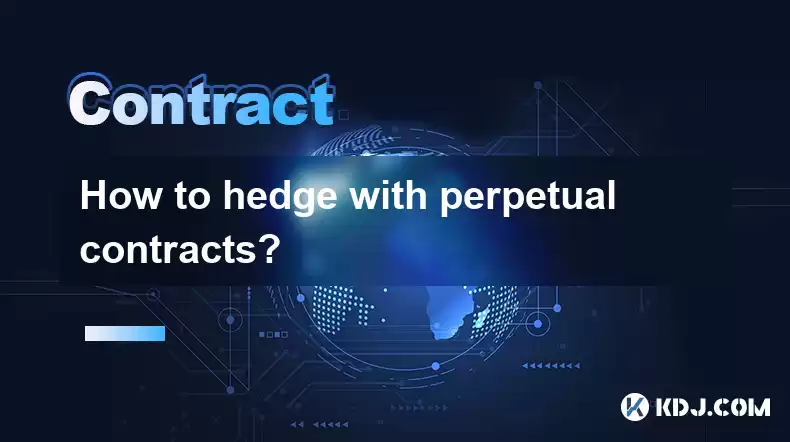
How to Hedge with Perpetual Contracts
Perpetual contracts are a type of futures contract that allows traders to speculate on the future price of an asset without having to take delivery of the underlying asset. This makes them a popular tool for hedging against price fluctuations, as they allow traders to lock in a price for an asset in the future.
There are a few different ways to hedge with perpetual contracts, but the most common method is to enter into a position that is opposite to the position you are holding in the underlying asset. For example, if you own 100 shares of a stock and you are concerned about the price falling, you could enter into a perpetual contract to sell 100 shares of the stock at a price that is higher than the current market price. This would lock in a profit for you if the price of the stock falls.
Here is a step-by-step guide on how to hedge with perpetual contracts:
- Identify the asset you want to hedge. This could be a stock, a commodity, or a cryptocurrency.
- Determine the direction you believe the price of the asset will move. If you believe the price will go up, you will want to enter into a long position. If you believe the price will go down, you will want to enter into a short position.
- Choose a perpetual contract that is based on the asset you want to hedge. There are many different perpetual contracts available, so you will need to choose one that has the right terms and conditions for your needs.
- Enter into the perpetual contract. This will involve placing an order with a broker or exchange.
- Monitor the price of the asset and adjust your position as needed. If the price of the asset moves in the direction you predicted, you will need to adjust your position to lock in your profit. If the price of the asset moves in the opposite direction, you will need to adjust your position to minimize your losses.
Benefits of Hedging with Perpetual Contracts
There are a number of benefits to hedging with perpetual contracts, including:
- Protection against price fluctuations. Perpetual contracts can help you protect your portfolio from price fluctuations in the underlying asset.
- Flexibility. Perpetual contracts offer a lot of flexibility, as you can enter into a position at any time and for any amount.
- Tax benefits. Perpetual contracts are taxed as futures contracts, which can provide some tax benefits.
Risks of Hedging with Perpetual Contracts
There are also some risks associated with hedging with perpetual contracts, including:
- Market risk. The price of the underlying asset could move in a direction that you did not predict, which could result in losses.
- Liquidity risk. Perpetual contracts can be less liquid than other types of futures contracts, which could make it difficult to close your position quickly.
- Counterparty risk. The counterparty to your perpetual contract could default, which could result in you losing your funds.
Conclusion
Perpetual contracts can be a valuable tool for hedging against price fluctuations in the underlying asset. However, it is important to understand the risks involved before entering into a perpetual contract.
Disclaimer:info@kdj.com
The information provided is not trading advice. kdj.com does not assume any responsibility for any investments made based on the information provided in this article. Cryptocurrencies are highly volatile and it is highly recommended that you invest with caution after thorough research!
If you believe that the content used on this website infringes your copyright, please contact us immediately (info@kdj.com) and we will delete it promptly.
- PumpFun (PUMP) Price: Riding the Meme Coin Wave or Facing a Wipeout?
- 2025-08-12 16:50:12
- Arctic Pablo Coin: Meme Coin Growth Redefined?
- 2025-08-12 16:50:12
- Ether ETFs Surge: Inflows and Bull Signs Point to $4K ETH?
- 2025-08-12 16:30:12
- Bitcoin, Crypto Market, and CPI Anticipation: A New York Minute on Volatility
- 2025-08-12 16:30:12
- Bitcoin, CPI, and Market Fears: Navigating the Crypto Landscape
- 2025-08-12 15:10:13
- BTC Traders Eye ETH Targets as CPI Looms: A New York Minute
- 2025-08-12 15:10:13
Related knowledge
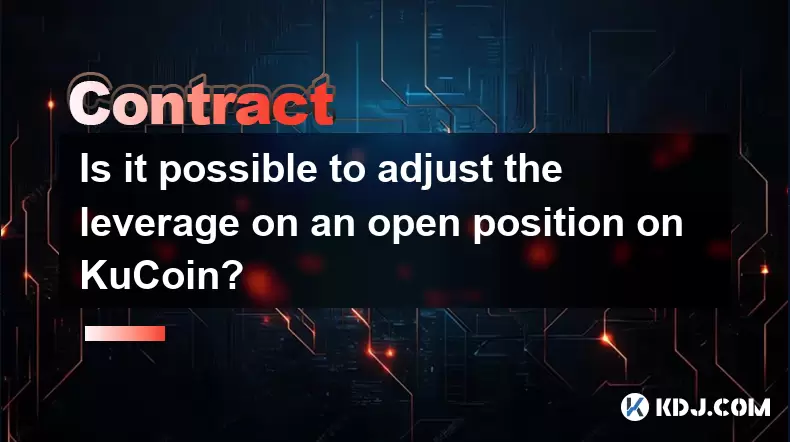
Is it possible to adjust the leverage on an open position on KuCoin?
Aug 09,2025 at 08:21pm
Understanding Leverage in KuCoin Futures TradingLeverage in KuCoin Futures allows traders to amplify their exposure to price movements by borrowing fu...
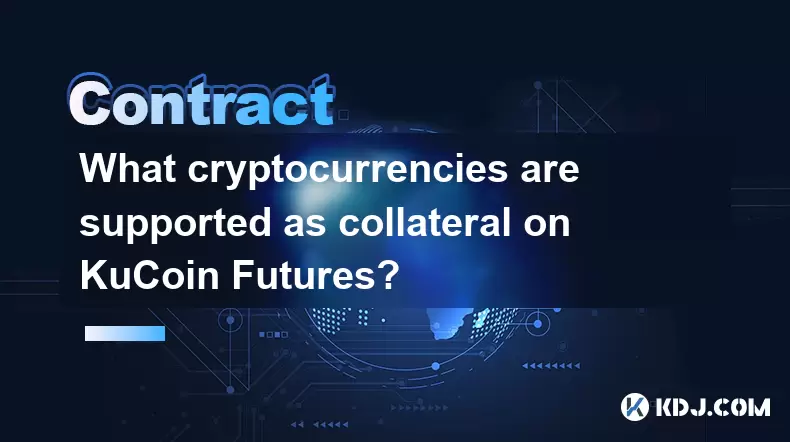
What cryptocurrencies are supported as collateral on KuCoin Futures?
Aug 11,2025 at 04:21am
Overview of KuCoin Futures and Collateral MechanismKuCoin Futures is a derivatives trading platform that allows users to trade perpetual and delivery ...
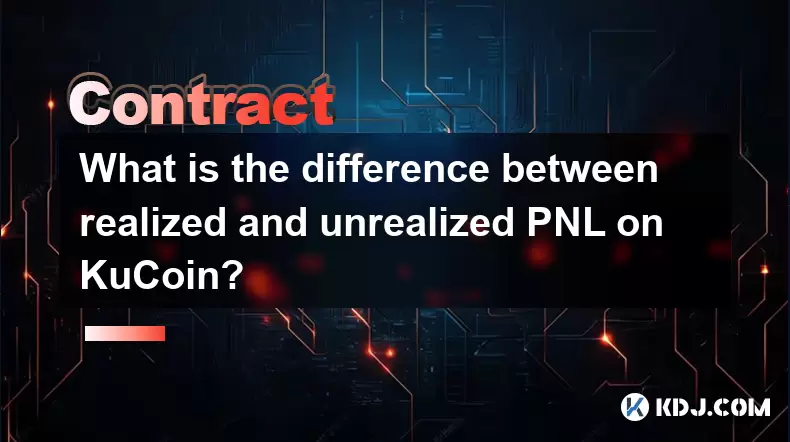
What is the difference between realized and unrealized PNL on KuCoin?
Aug 09,2025 at 01:49am
Understanding Realized and Unrealized PNL on KuCoinWhen trading on KuCoin, especially in futures and perpetual contracts, understanding the distinctio...
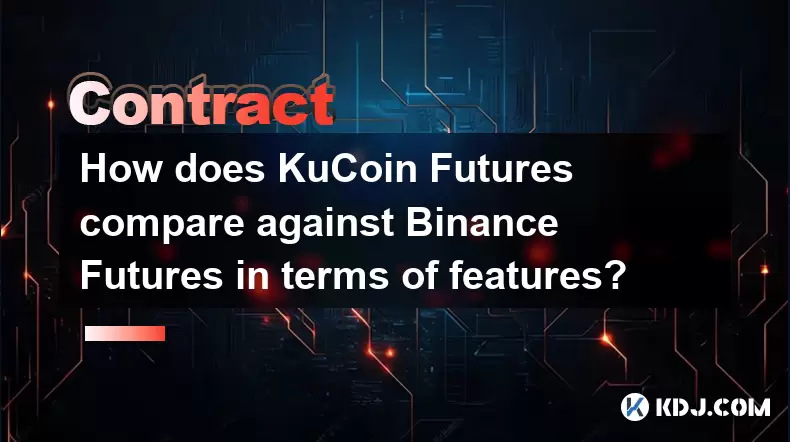
How does KuCoin Futures compare against Binance Futures in terms of features?
Aug 09,2025 at 03:22am
Trading Interface and User ExperienceThe trading interface is a critical component when comparing KuCoin Futures and Binance Futures, as it directly i...
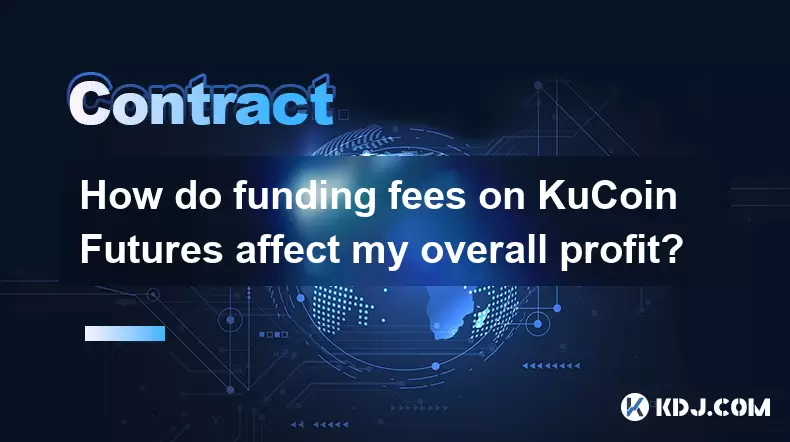
How do funding fees on KuCoin Futures affect my overall profit?
Aug 09,2025 at 08:22am
Understanding Funding Fees on KuCoin FuturesFunding fees on KuCoin Futures are periodic payments exchanged between long and short position holders to ...
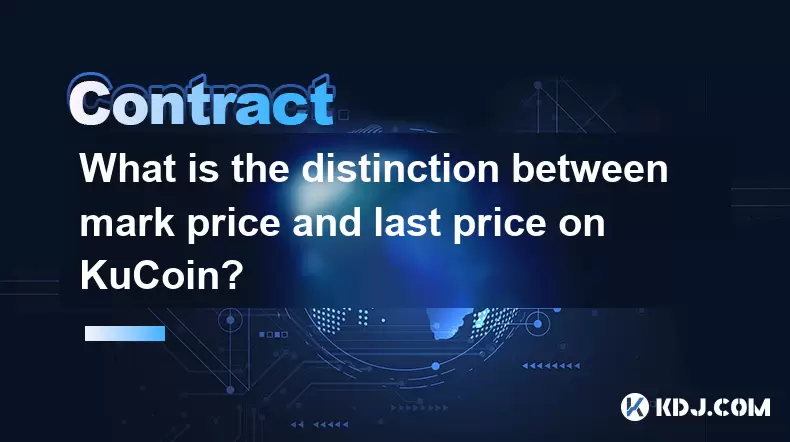
What is the distinction between mark price and last price on KuCoin?
Aug 08,2025 at 01:58pm
Understanding the Basics of Price in Cryptocurrency TradingIn cryptocurrency exchanges like KuCoin, two key price indicators frequently appear on trad...

Is it possible to adjust the leverage on an open position on KuCoin?
Aug 09,2025 at 08:21pm
Understanding Leverage in KuCoin Futures TradingLeverage in KuCoin Futures allows traders to amplify their exposure to price movements by borrowing fu...

What cryptocurrencies are supported as collateral on KuCoin Futures?
Aug 11,2025 at 04:21am
Overview of KuCoin Futures and Collateral MechanismKuCoin Futures is a derivatives trading platform that allows users to trade perpetual and delivery ...

What is the difference between realized and unrealized PNL on KuCoin?
Aug 09,2025 at 01:49am
Understanding Realized and Unrealized PNL on KuCoinWhen trading on KuCoin, especially in futures and perpetual contracts, understanding the distinctio...

How does KuCoin Futures compare against Binance Futures in terms of features?
Aug 09,2025 at 03:22am
Trading Interface and User ExperienceThe trading interface is a critical component when comparing KuCoin Futures and Binance Futures, as it directly i...

How do funding fees on KuCoin Futures affect my overall profit?
Aug 09,2025 at 08:22am
Understanding Funding Fees on KuCoin FuturesFunding fees on KuCoin Futures are periodic payments exchanged between long and short position holders to ...

What is the distinction between mark price and last price on KuCoin?
Aug 08,2025 at 01:58pm
Understanding the Basics of Price in Cryptocurrency TradingIn cryptocurrency exchanges like KuCoin, two key price indicators frequently appear on trad...
See all articles

























































































